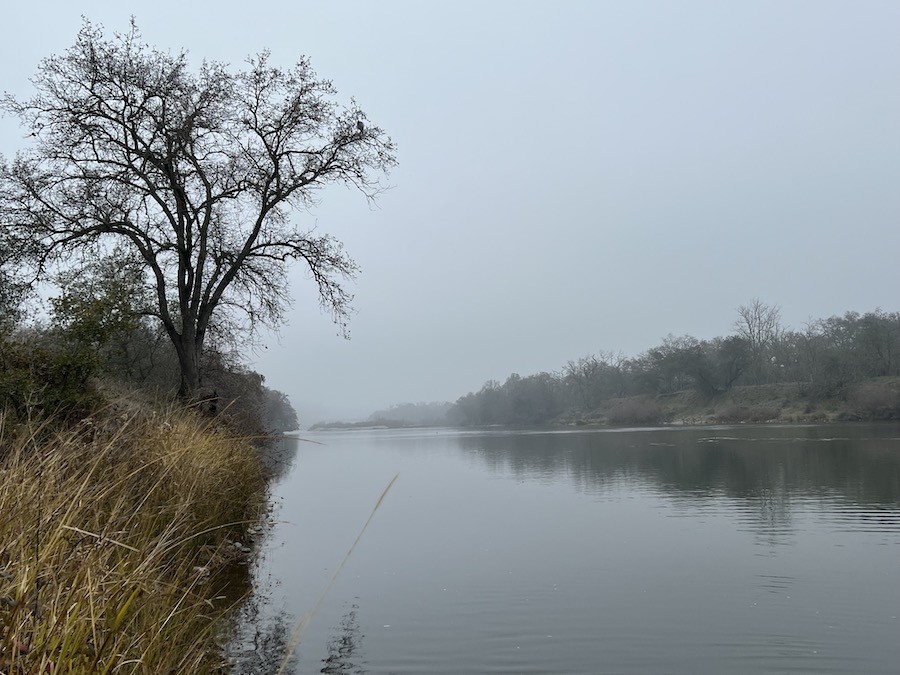Artwork: “Toward Solstice” by unknown artist; private collection
It’s Advent, and that’s the time of year when I typically look back over past months and settle a few items on the “To Do” list. One of those items is “Rudolf Steiner’s First Address.”
If you’ve been following our Section meeting summaries, you’ll remember that our April 22, 2022 meeting had the same summary title. So this is Part Two.
And, in case you are reading fast, I wrote Rudolf Steiner’s First Address, not Last Address. (See video below)
This title “First Address” refers to a statement by Rudolf Steiner’s biographer Christoph Lindenberg in volume 1 of his two volume biography in which Lindenberg underscored the importance of this first public lecture made available to us by Rudolf Steiner. (“Es ist der erste überhaupt von Steiner überlieferte Vortrag.” Vol 1, pg. 161). Lindenberg contextualizes the importance of this “first lecture” (1888) in respect to the more famous “Last Address” (1924).
Furthermore, if we take Rudolf Steiner at his word that his main mission was to bring a renewed teaching of reincarnation and karma, then this “First Address” of 1888 on the topic of Beauty assumes even greater importance — most especially for a Section that calls itself in German the Section for the “Beautiful Sciences.” Because of that importance, I’ll add a bit more information. I’m quoting Lindenberg :
After the lecture [Goethe as the Founder of a New Science of Aesthetics], the Cistercian professor Neumann approached Steiner and made a remark “which could not be understood other than that the man at this moment had a full understanding of a person of the present and of the relationship of this person of the present to his previous inarnation. And what he said about the connection of two earthly lives, that was right, was not wrong.” [Lindenberg quotes Steiner here.] As reported later by Steiner to [Friedrich] Ritellmeyer, [Steiner] was made aware of his former earthly life as from the outside.
It can therefore be assumed that Rudolf Steiner can be recognized in particular by the main idea of this lecture [Goethe as the Founder of a New Science of Aesthetics]. And in fact, the idea of this lecture, namely that all artistic creations emanate from the real and that this reality is then worked upon in such a way that it appears ideal, is an important life principle of Rudolf Steiner. He lived in the grasp of the tasks that reality brought to him. This principle is particularly encountered in social actions. He always starts from the people he is dealing with in reality. Again and again he starts from the questions that others ask him. He responds to others; whether these are Berlin workers or theosophists is not so important to him. Above all, however, he tries to promote people and group them in such a way that the real finally receives a spiritual splendor and begins to seem ideal. He lifted many of his students above himself by trusting them and opening up opportunities for work.
— Christoph Lindenberg, from Rudolf Steiner, Eine Biographie, Vol. 1, pgs. 161-62
Alternatively, however, one might argue that the first “anthroposophical” address was rather the lecture on Goethe’s Fairytale of the Green Snakes and Beautiful Lily that Steiner gave to an audience of theosophists at Michaelmas, 1900. As we know, Steiner called Goethe’s Fairytale the “germinal seed of the anthroposophical movement.”
But, whether one turns to the right or to the left, so to speak, there stands Goethe! And at the end of it all, in the Last Address, there stands Novalis.
I’ll be speaking more in our 2024 meetings about Novalis, Rudolf Steiner’s Last Address, and Rudolf Steiner’s karmic reading of the biographies of the poet Friedrich von Hardenberg (1778-1801; aka Novalis). Keep an eye on the website calendar if you’re interested.


